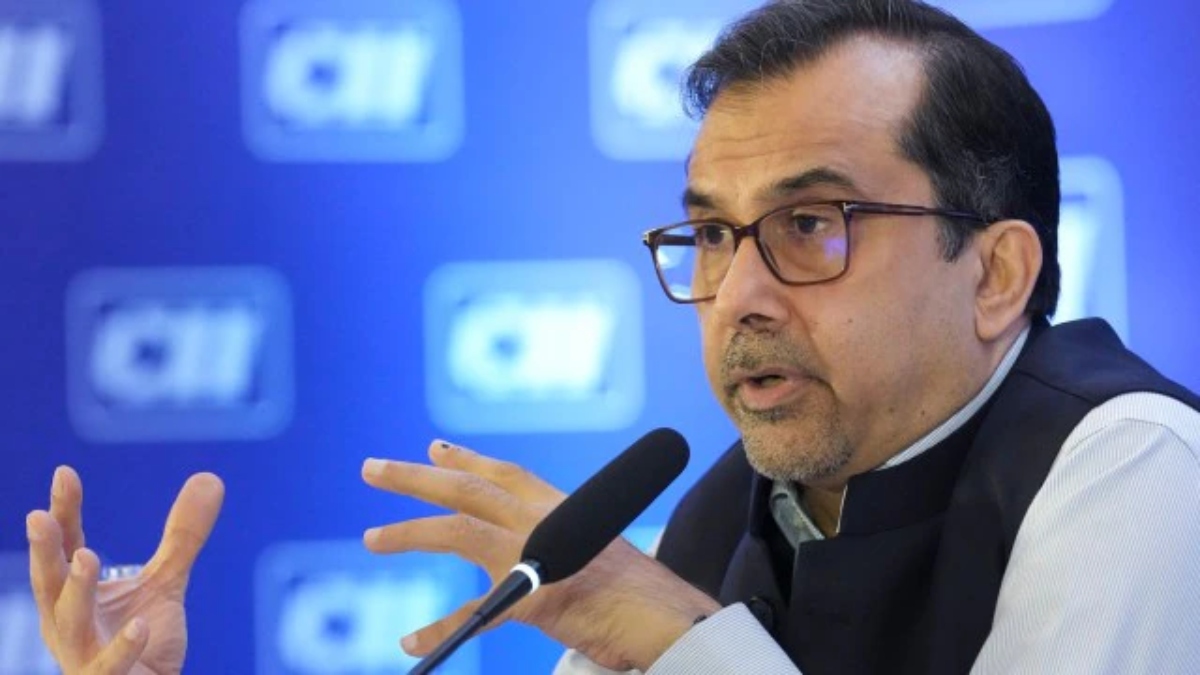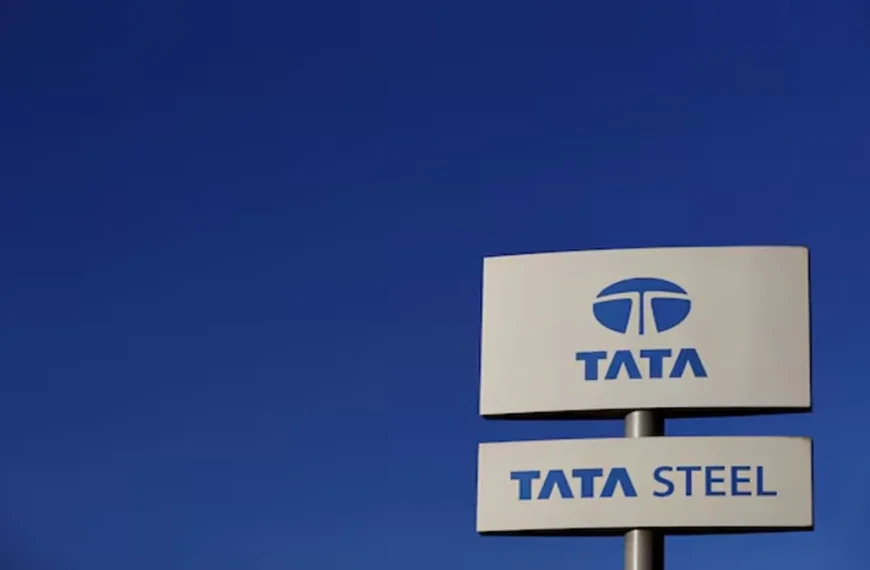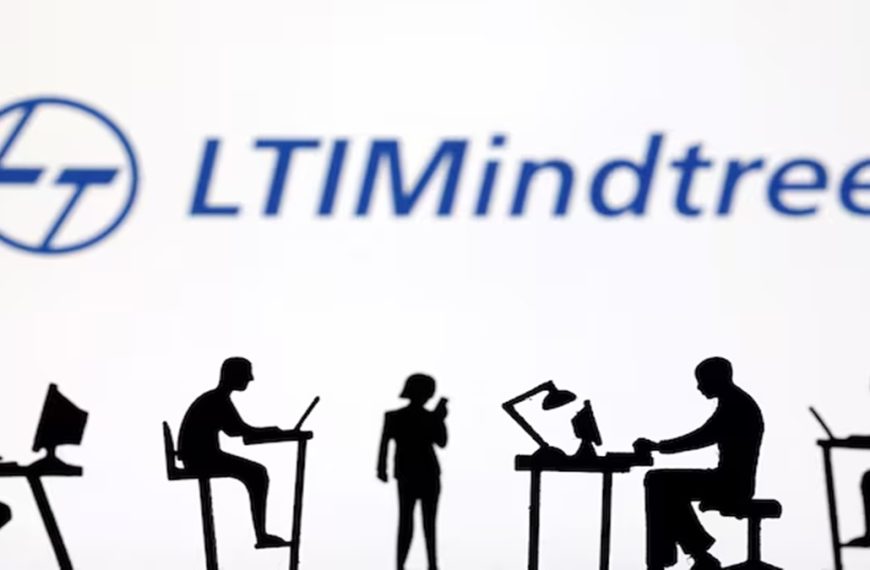As tensions between India and Pakistan continue to simmer, the impact on foreign investment remains a topic of concern. However, Sanjiv Puri, President of the Confederation of Indian Industry (CII) and Managing Director of ITC, expresses optimism regarding the resilience of the Indian economy. In a recent discussion with Mukesh Jagota, Puri shared insights on critical issues such as tariff wars, free trade agreements, and corporate investments that are shaping the future of India’s economic landscape.
India-Pakistan Relations and Economic Stability
The recent announcement of a ceasefire between India and Pakistan has been positively received by the CII. Puri praised the government’s diplomatic efforts and security measures in response to rising tensions, emphasizing that while it may be premature to evaluate the long-term effects, the Indian economy is equipped to withstand challenges.
- Resilience in the Face of Adversity: The Indian economy has shown considerable strength and is expected to recover from any setbacks. Industry leaders remain committed to ensuring continuous economic activity despite geopolitical challenges.
Foreign Investment Outlook Amid Global Changes
While short-term caution among foreign investors may arise due to ongoing tensions, Puri reassures that the long-term outlook for investment in India remains robust. Key points include:
- Investment Fundamentals: Decisions regarding investments will largely hinge on the underlying strengths of the Indian economy and the growing market potential.
- Reforms and Trade Opportunities: Recent economic reforms and trade agreements are paving the way for India to enhance its appeal as a global investment hub.
Navigating Global Tariff Measures
The current global tariff environment presents uncertainties; however, India is in a favorable position. Puri noted the government’s proactive approach in securing bilateral trade agreements, particularly the Free Trade Agreement (FTA) with the UK, and ongoing negotiations with major economies like the US and European Union. This strategic positioning offers several advantages:
- Diverse Economic Sectors: Opportunities span various sectors, including agriculture, manufacturing, and services, which can lead to increased bilateral trade and the establishment of new value chains.
Seizing Trade Opportunities
India’s pursuit of FTAs is crucial in unlocking potential for labour-intensive sectors. Puri highlighted the importance of creating a supportive ecosystem that enhances value addition within the economy.
- Key Growth Areas: Sectors such as apparel, toys, footwear, auto components, and chemicals are poised for growth, with micro, small, and medium enterprises (MSMEs) set to benefit significantly.
Competitive Edge Over China
Once bilateral trade agreements are finalized, India is expected to gain a competitive advantage compared to China. Puri believes that these agreements will level the playing field in international trade, enabling India to compete more effectively.
Focus on Domestic Growth Drivers
Puri emphasizes the need for continued focus on domestic growth catalysts. Recent reforms and initiatives aimed at improving the business environment are creating a more competitive landscape:
- Investment Alignment: There is a noticeable shift towards investment and industry alignment even at the state level, fostering a conducive ecosystem for growth.
Short and Medium-Term Growth Factors
Several factors are currently contributing to positive economic outcomes:
- Easing Interest Rates: Lower interest rates are stimulating investment.
- Improved Agricultural Conditions: Favorable monsoons are boosting farm incomes.
- Public and Private Investment: Increased investments from both sectors are expected to drive growth in the upcoming months.
Future of Private Capital Investment
While private capital investment has lagged in recent years, there are promising signs of recovery. Puri pointed out that recent data from the CMIE indicates a surge in investment announcements, reflecting growing opportunities and intent.
- Optimism for Improvement: CII surveys indicate a capacity utilization rate of 75% or higher, suggesting that while geopolitical factors may introduce some caution, the momentum for private investment is building.
In summary, the Indian economy displays a remarkable capacity to adapt and thrive despite external pressures. With promising growth sectors and strategic trade agreements on the horizon, the outlook for India’s economic landscape remains bright and full of potential.











